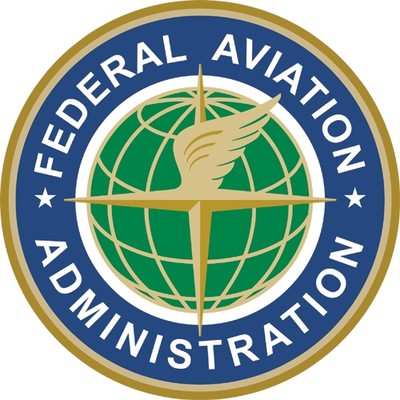Wed, Jul 16, 2014
PBN Allows Reduction In Space Between Aircraft On Approach
NextGen software technology that will allow air traffic controllers to maximize the benefits of Performance Based Navigation (PBN) procedures on the approach to the runway was transferred to the FAA from NASA Monday in an official ceremony at FAA headquarters.

Coupled with the precision of PBN, the technology, called Terminal Sequence and Spacing, provides predictability, allowing controllers to safely reduce excess spacing between approaching aircraft, saving time and fuel while reducing emissions.
The technology uses time-based metering to improve the safety and efficiency of Area Navigation (RNAV) and Required Navigation Performance (RNP) approach procedures in terminal airspace.
The airport-centric Terminal Sequence and Spacing technology dovetails with an existing traffic metering tool that delivers efficiencies in the airspace beyond the airport. Time-Based Flow Management, which improves the flow of traffic through high altitude, en route airspace down to the four corner posts, navigational fixes in the sky approximately 40 miles from an airport. Terminal Sequence and Spacing helps controllers manage aircraft from the four corner posts down to the runway.
With the new technology, controllers see circles – called slot markers – on their display screens that indicate where an aircraft should be in order to fly a RNAV or RNP route through the forecasted wind field, meet all speed and altitude restrictions and land on time. This software enables the use of PBN procedures to become more routine, requiring less vectoring, fewer level-offs of aircraft and less communication between controllers and pilots.
The FAA, which received an initial technology transfer of Terminal Sequence and Spacing from NASA last September, is expected to make a full investment decision by the end of the year through its Joint Resources Council, a team of top agency executives that reviews major acquisitions and approves funding.
More News
Homing [ICAO] The procedure of using the direction-finding equipment of one radio station with the emission of another radio station, where at least one of the stations is mobile, >[...]
Aero Linx: European Regions Airline Association (ERA) The European Regions Airline Association (ERA) represents a diverse membership of over 50 airlines and more than 150 associate>[...]
A Few Questions AND Answers To Help You Get MORE Out of ANN! 1) I forgot my password. How do I find it? 1) Easy... click here and give us your e-mail address--we'll send it to you >[...]
While On Short Final, About 300 Ft, The Pilot Performed A Forced Landing Near Trees On September 7, 2025, about 0932 eastern daylight time, a CubCrafters Carbon Cub EX airplane, N4>[...]
Severe Icing The rate of ice accumulation is such that ice protection systems fail to remove the accumulation of ice and ice accumulates in locations not normally prone to icing, s>[...]
 ANN's Daily Aero-Term (10.13.25): Homing [ICAO]
ANN's Daily Aero-Term (10.13.25): Homing [ICAO] ANN's Daily Aero-Linx (10.13.25)
ANN's Daily Aero-Linx (10.13.25) ANN FAQ: Q&A 101
ANN FAQ: Q&A 101 NTSB Prelim: CubCrafters Carbon Cub
NTSB Prelim: CubCrafters Carbon Cub ANN's Daily Aero-Term (10.14.25): Severe Icing
ANN's Daily Aero-Term (10.14.25): Severe Icing



